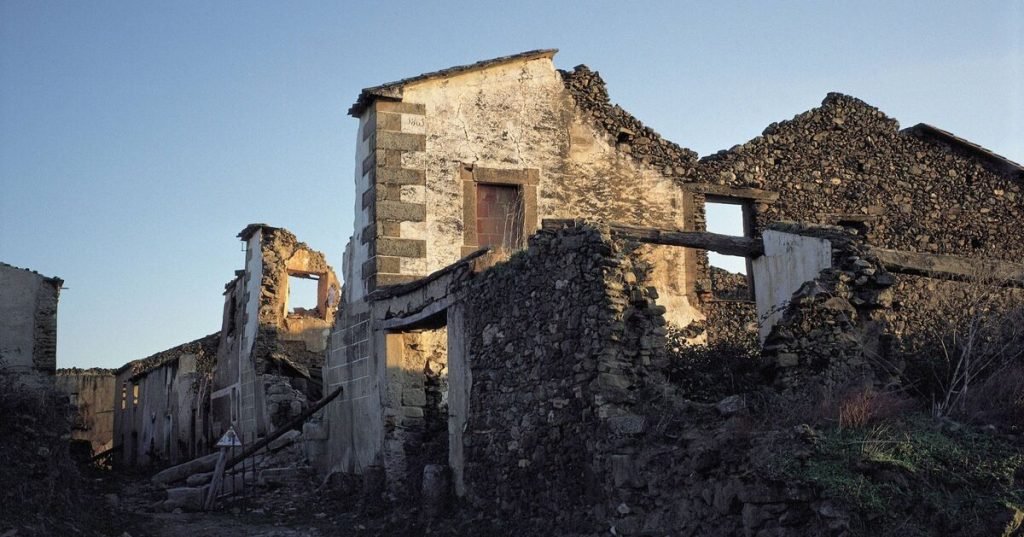
A beautiful Spanish town boasts multi-coloured homes, as well as stunning scenery and ruins – but no-one has lived there for decades.
Granadilla, in Spain’s western Extremadura region, was founded in the 9th century and occupied a strategic spot that gave its inhabitants a view over the Ruta de la Plata, an important ancient trade and travel route.
It remains one of the few fortress villages in the country with still intact ancient walls, and impressive relics of its former glory.
But the town has remained abandoned since the 1960s after its residents were ordered to leave in the late 1950s and ’60s.
It came during the rule of military dicator Francisco Franco, when the country was in the midst of a major push to build dams and reservoirs in a bid to boost the economy.
The Gabriel y Galán reservoir on the Alagón River was the largest of these projects, and officials decided in the mid-1950s that Granadilla was in the floodplain and had to be evacuated, according to BBC Travel.
By 1969 all of the town’s 1,000-odd residents had been evicted, moving to colonisation settlements nearby.
Water did begin to rise in 1963, turning the village into a peninsula, though the town never flooded. Despite this, residents were never allowed to return. Many were only given compensation in 1973.
Bizzarely, villagers are still unable to reclaim properties as the flooding decree signed by Franco is still reportedly upheld by Spanish authorities.
However, while people don’t sleep there, Granadilla regularly hosts visitors coming to see the strange settlement on day trips. In 1980 it was designated a Historic-Artistic Site, now operating as free-to-visit open-air museum.
These days, Granadilla can be accessed via a pot-holed road from Zarza de Granadilla or Abadía, which leads to the town’s perfectly preserved castle and imposing walls.
The eviction orders were deeply traumatic for residents, with many still carrying their frustration at their families being uprooted.
Former residents and their descendants meet up twice a year in the town on the religious holidays, All Saints’ Day, November 1, and on the Assumption of Mary on August 15.






